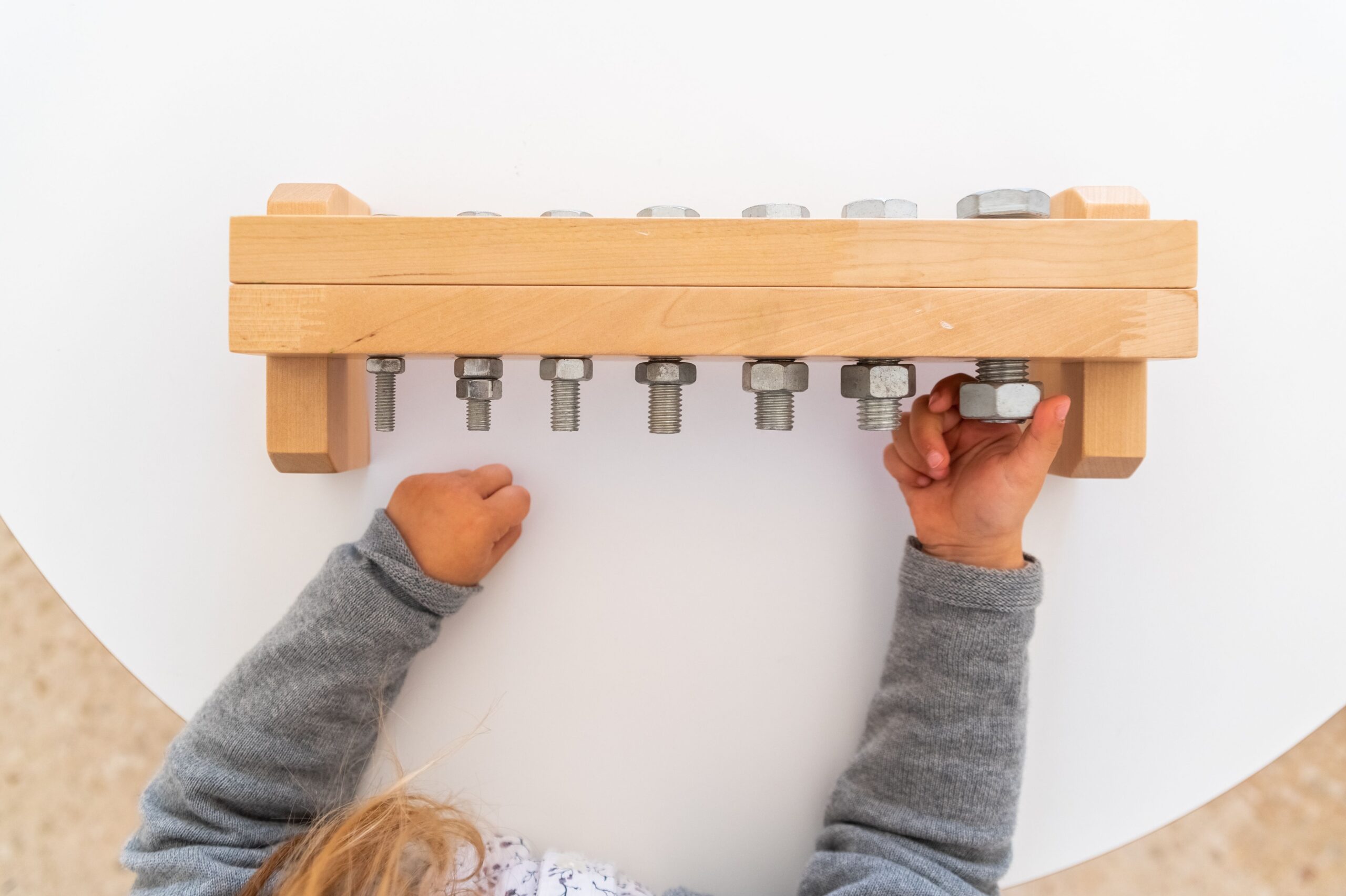
Dr. Maria Montessori, an Italian physician and educator, developed the Montessori approach in the early 1900s. She based her educational philosophy on the belief that children have an innate desire to learn and explore their surroundings. Dr. Montessori observed that children undergo sensitive periods, during which they are particularly receptive to specific types of learning experiences. The Montessori Method aims to capitalize on these sensitive periods to optimize a child’s development.
In a Montessori classroom, the environment is carefully prepared to promote independent learning. It is filled with a diverse array of hands-on materials that cater to various areas of a child’s development, including practical life skills, language, mathematics, sensorial perception, cultural studies, and more. These materials are designed to be self-correcting, which enables children to recognize errors on their own and make the necessary corrections. This approach fosters a sense of autonomy, critical thinking, and problem-solving skills.
The classroom itself is intentionally structured to encourage freedom of movement and independence. Children are free to choose their own activities and work at their own pace. The role of the teacher, known as a Montessori directress, is to guide and facilitate the learning process rather than impart knowledge through traditional teacher-led instruction. The directress observes each child, assesses their progress, and provides individualized guidance and support based on their unique needs and interests.
In a Montessori setting, mixed-age classrooms are prevalent. This arrangement allows for peer learning and social interaction. Younger children look up to older ones as mentors and inspiration, while the older children reinforce their own understanding by assisting their younger peers. This cooperative learning environment promotes collaboration, empathy, and a sense of community.
One key aspect of the Montessori approach is the emphasis on holistic development. The focus extends beyond academic achievement to encompass the social, emotional, and physical well-being of the child. Montessori education aims to cultivate qualities such as independence, self-discipline, respect for others, and a love for lifelong learning.
To summarize, the Montessori Method is a child-centered educational approach that fosters independent thinking, self-motivation, and a love for learning. It provides a carefully prepared environment, diverse materials, mixed-age classrooms, and individualized guidance to optimize a child’s overall development.

Key Areas of development:
- Practical Life: This area focuses on developing everyday life skills, such as dressing, preparing food, cleaning, and caring for the environment. It helps children gain independence and self-sufficiency.
- Sensorial: The sensorial area provides materials and activities that engage a child’s senses, allowing them to explore and understand the world through touch, taste, smell, sight, and hearing. It helps with sensory perception and discrimination.
- Language: Montessori education places a strong emphasis on language development, including spoken language, reading, and writing. Children are encouraged to explore and express themselves through various language materials and activities.
- Mathematics: Montessori math materials help children grasp mathematical concepts through hands-on activities and concrete materials. This approach promotes a deep understanding of math principles.
- Cultural Studies: This area encompasses subjects like geography, history, science, and the arts. Children are encouraged to explore and appreciate different cultures and the natural world, fostering a love for learning beyond traditional academic subjects.
These five areas provide a holistic and child-centered approach to education, allowing children to develop their skills and knowledge at their own pace.

